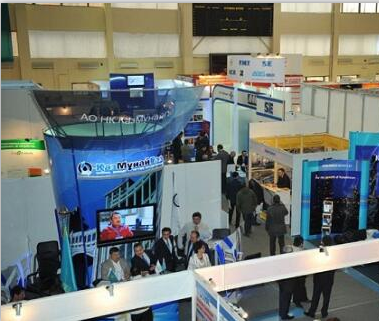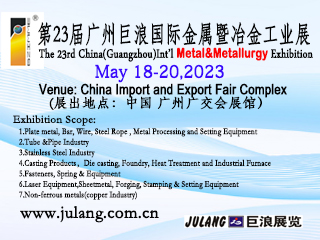Weeks after the conclusion of the 12th International Union of Railways (UIC) World Congress on High-Speed Rail, industry leaders are still taking stock of China's rapid railway development and its expanding global influence.
Held from July 8 to 11 in the Chinese capital Beijing, the congress drew over 2,000 participants from more than 60 countries, regions and international organizations. For many, the event offered first-hand insight into China's achievements and provided a potential roadmap for boosting global connectivity.
"In less than two decades, China has created the largest and most advanced high-speed rail system in the world," said UIC Chairman Alan Beroud. "It's reshaping mobility, the economy and regional development."
A TRANSFORMATIONAL NETWORK
China's high-speed rail network spans about 48,000 km and connects nearly every city with a population of over 500,000, which is a "vital toolkit" for national cohesion and growth, as described by Kevin Smith, editor-in-chief of Britain's International Railway Journal.
"Nobody has done this sort of network expansion in a short period," said Dennis Noble, an engineer with Queensland Rail in Australia. "It's very commendable, and something others can look forward to."
Visitors at the congress experienced China's latest trains, including the CR400 Fuxing and the prototype of 450 km/h CR450, the world's fastest high-speed train. "The new trains are modern, faster, better," said Kaido Zimmermann, general director of Estonian Railways.
"I think it's a central plan to connect the whole country and to promote economic development," Smith said during his trial run on the CR400. "The presentations we've seen at this event showed that there's a real willingness to change the geography of the country, bringing cities that are once distant much closer together."









